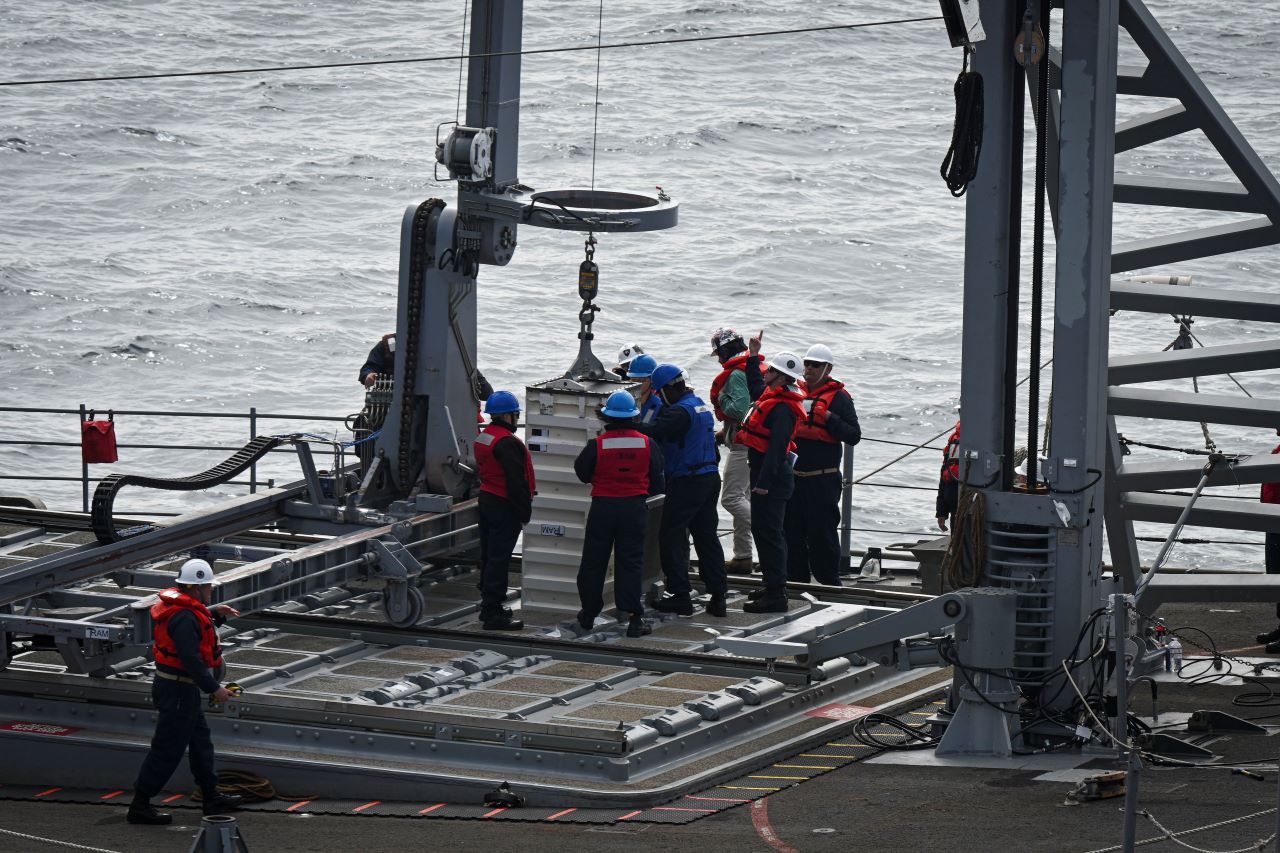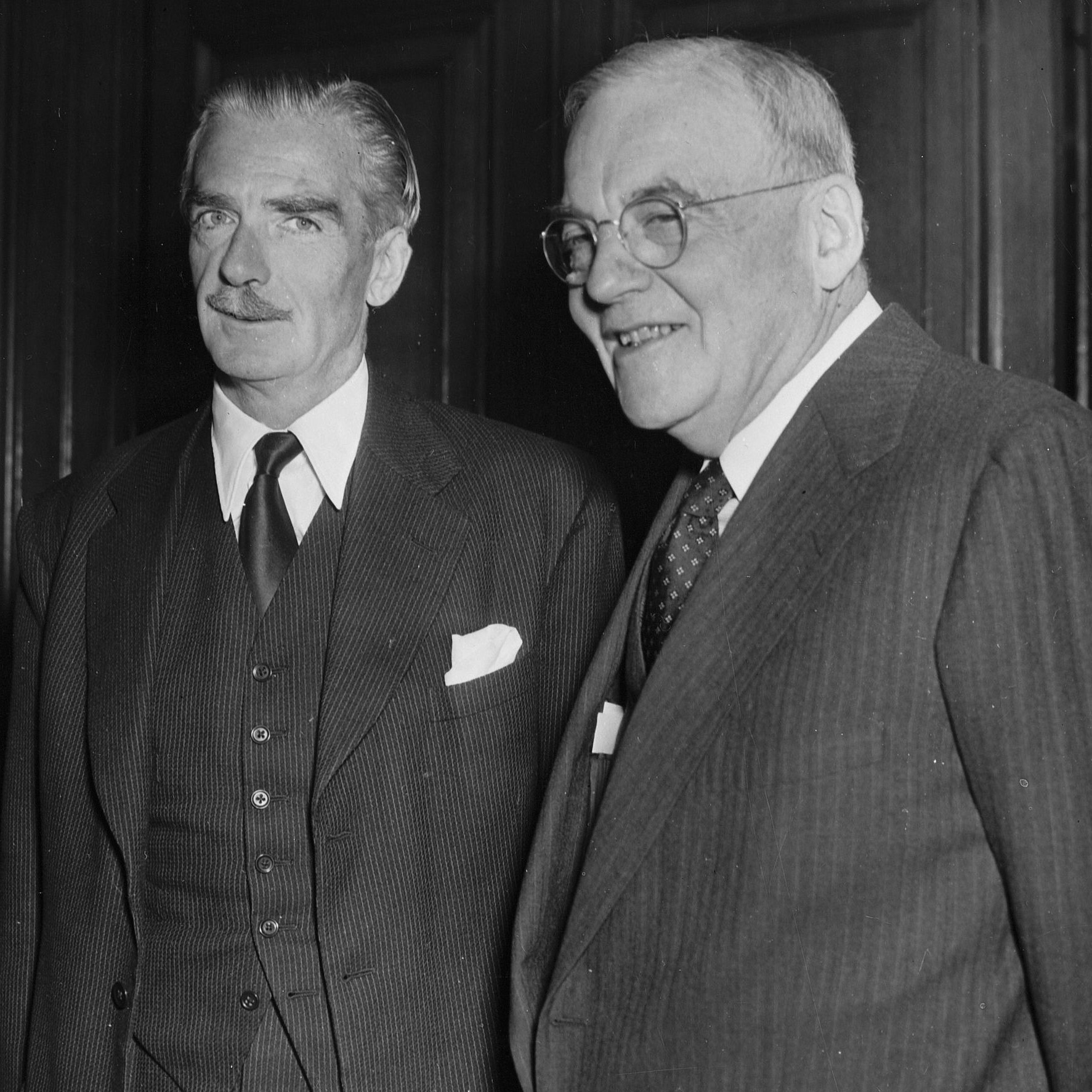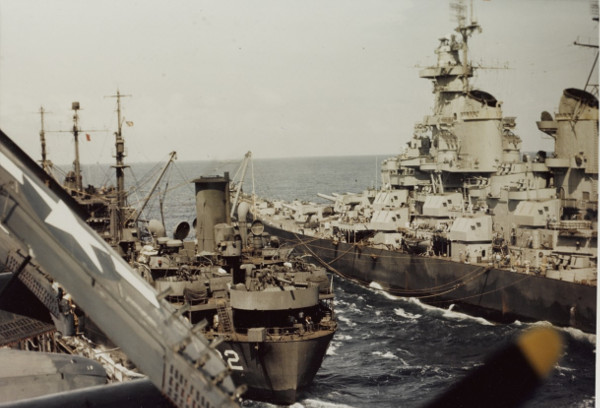The Suez Canal is one of the world's vital transport links, cutting thousands of miles off the trip between Europe and East Asia. In 1956, Egyptian dictator Gamal Abdel Nasser nationalized the canal, enraging the British and French, who had owned it and depended on it for their oil. Diplomatic attempts to regain control of the Canal failed, and they began to conspire with Israel to stage a war between Israel and Egypt, which the European powers would then "intervene" in, giving them an excuse to recapture the canal and humiliate Nasser. Unfortunately, this failed to take into account such minor factors as Arab public opinion, the opposition of the United States and the likely response of the Soviets.

Ariel Sharon (left) with his paratroopers
Things kicked off on October 29th, 1956, with Israel citing terrorist attacks out of the Egyptian-controlled Gaza Strip as the reason for its invasion. A deception plan intended to make it look like they were about to attack Jordan had worked, and the Egyptians, and the rest of the world, were taken by surprise, to the point that they weren't even sure it was a real attack and not another reprisal operation for about 24 hours. P-51 Mustangs were dispatched to cut Egyptian telephone wires with their wings and propellers, sowing confusion in the face of a three-pronged Israeli attack. In the south, the 9th Infantry Brigade seized Ras an-Naqb on the Gulf of Aqaba, infiltrating through rough terrain to bypass Egyptian positions, while the 4th Infantry Brigade struck al-Qusaymah in the north, opening the way to attack Egyptian positions in Gaza and northern Sinai. Both of these were at least in part to secure the flanks of the main action, a thrust through the central Sinai by the 202nd Paratroop Brigade, under the command of an officer named Ariel Sharon. Most of his men would walk or ride, but a battalion was dropped on Mitla Pass, two-thirds of the way across the peninsula, in an attempt to secure the chokepoint before the Egyptians could respond, and to make the threat to the Canal credible as part of the pretext for Anglo-French intervention. Unfortunately, a navigational error placed them several miles from their objective, and they dug in on the east side of the pass instead of the western end, while Sharon's plans to reach Mitla within 24 hours fell victim to inadequate transport. In the end, he would arrive in the evening of October 30th, a creditable performance given that three Egyptian strongpoints had to be overrun in the process and they were faced with Egyptian air attacks.
Read more...









Recent Comments